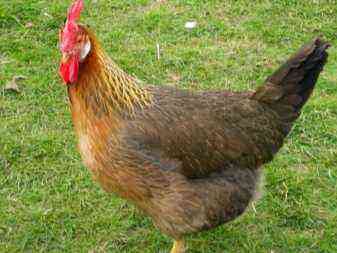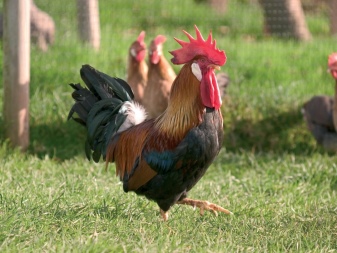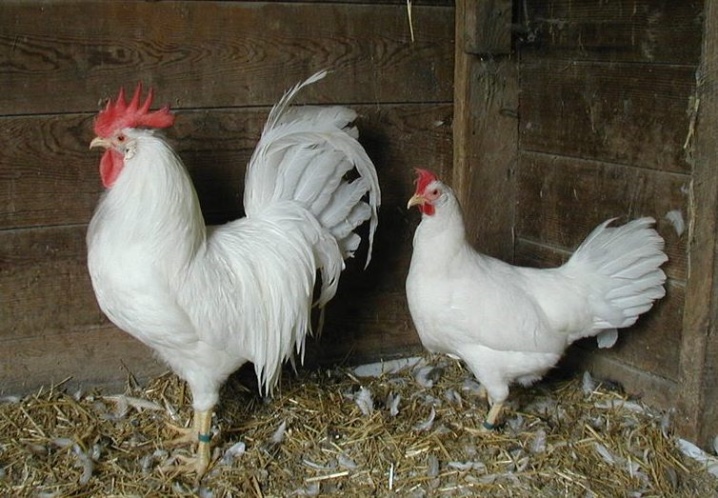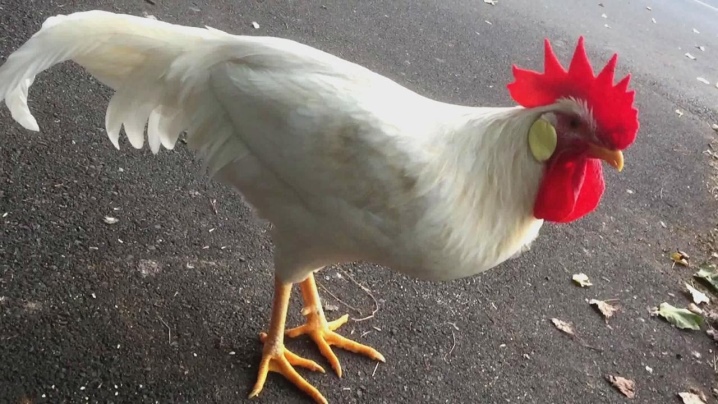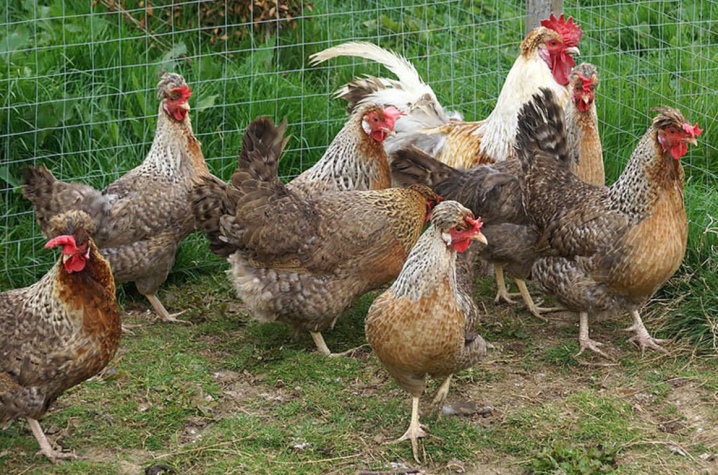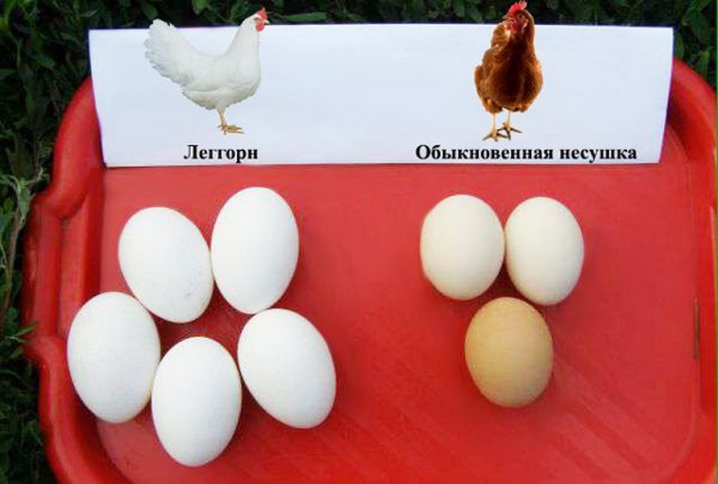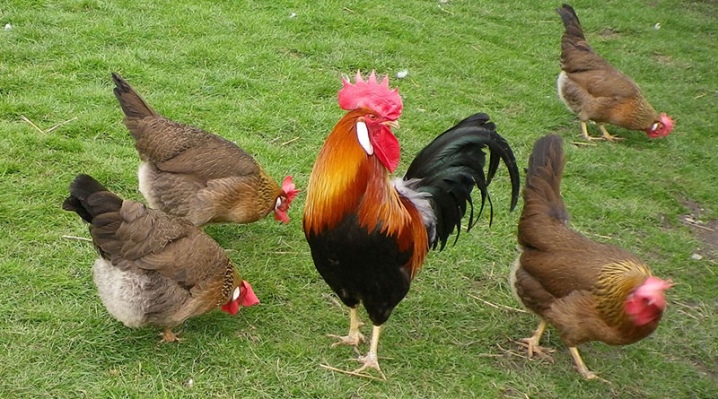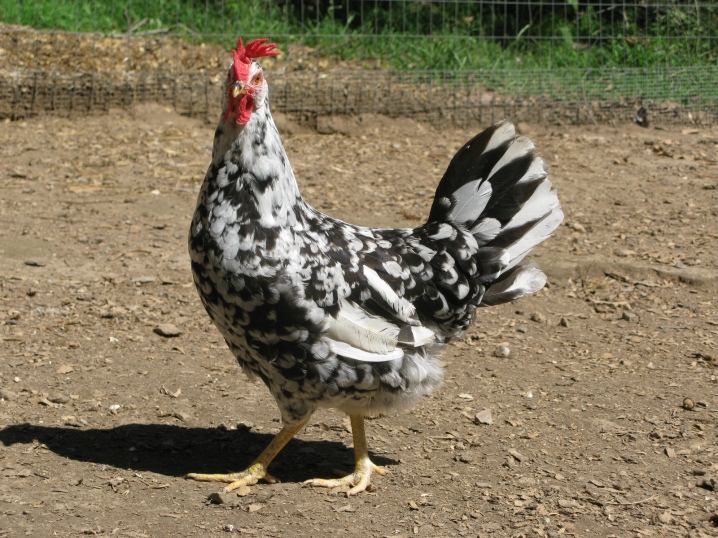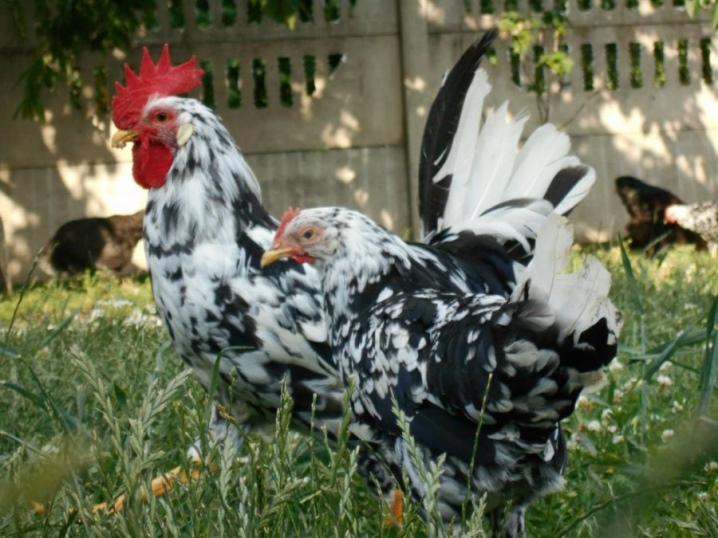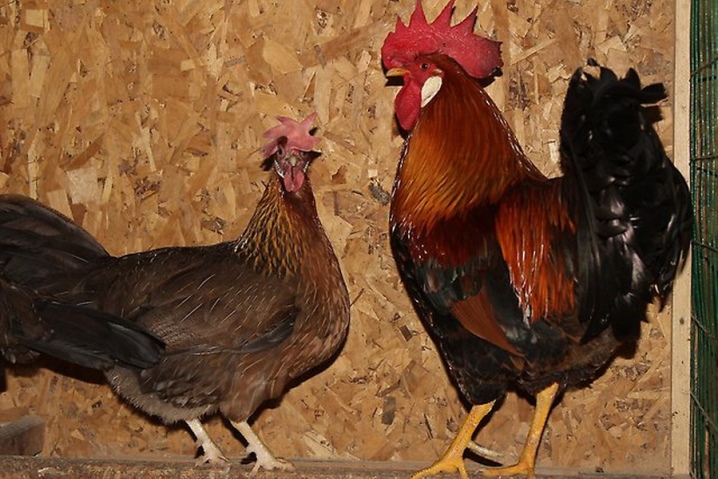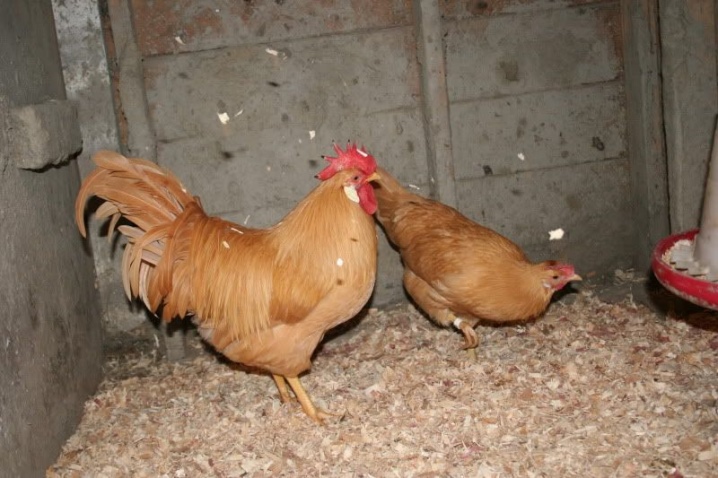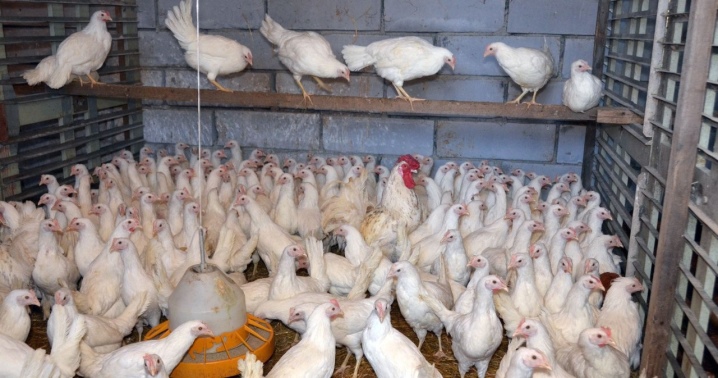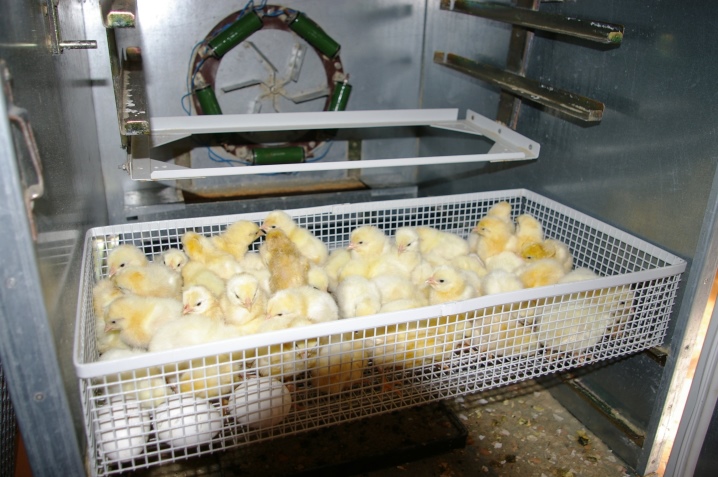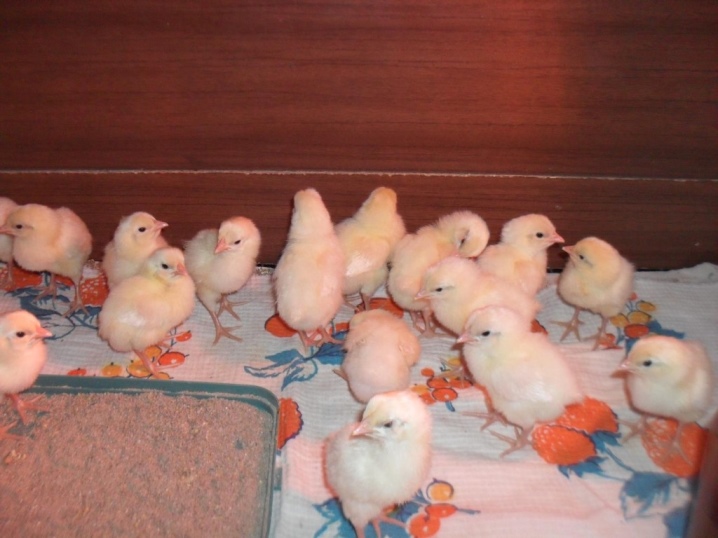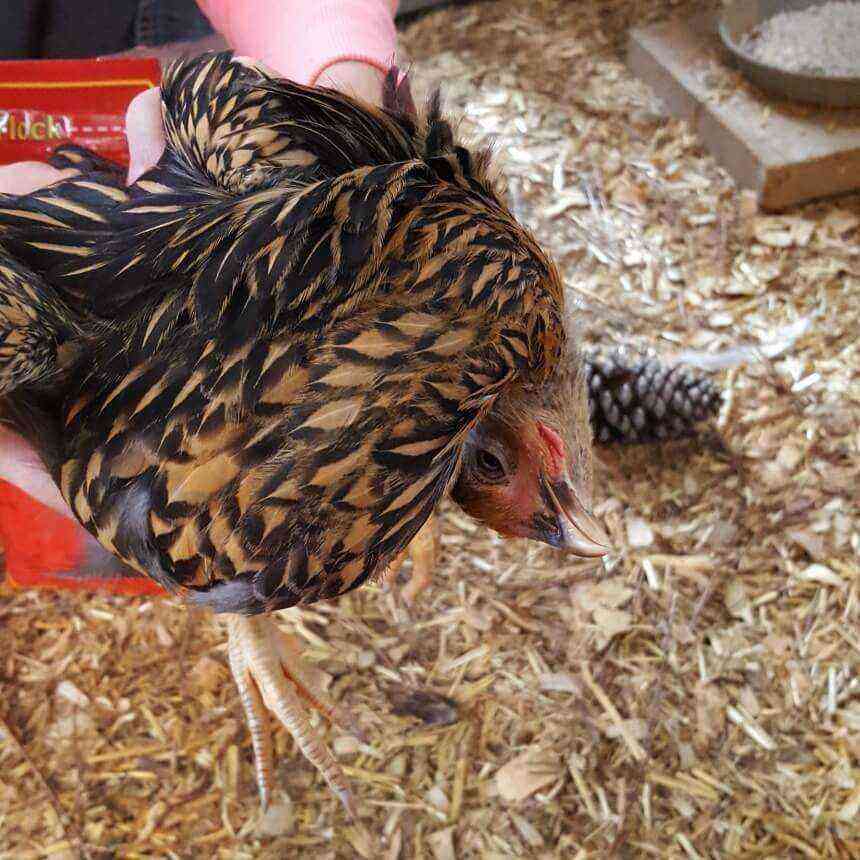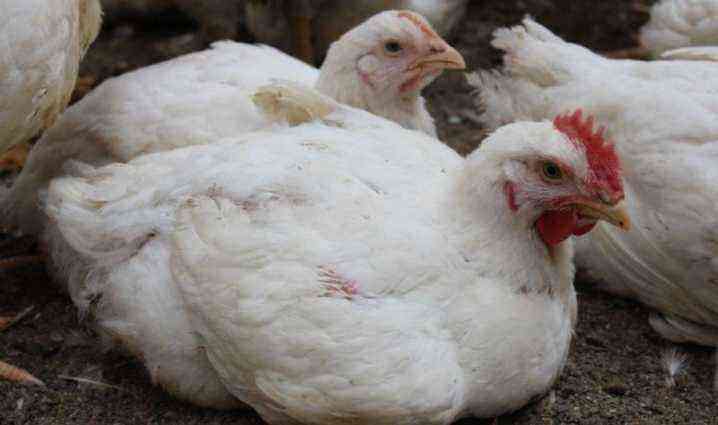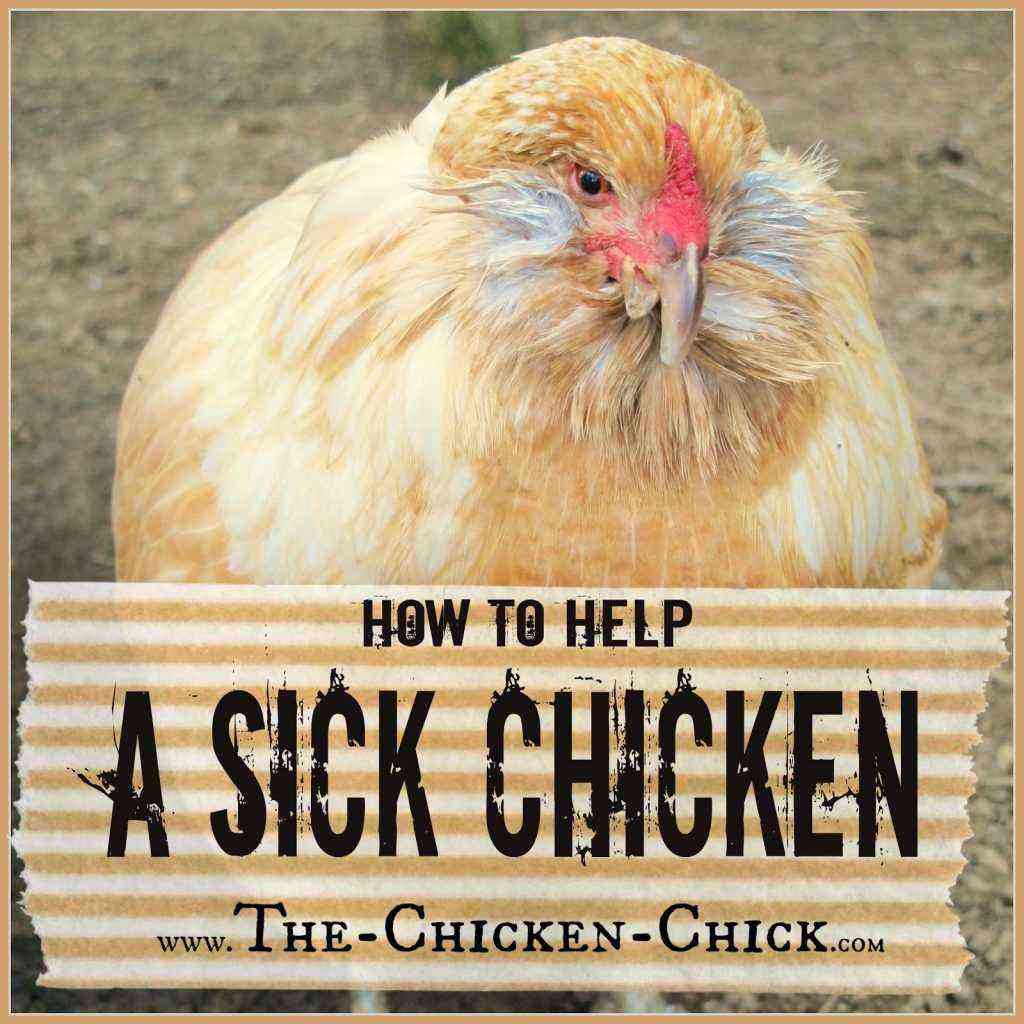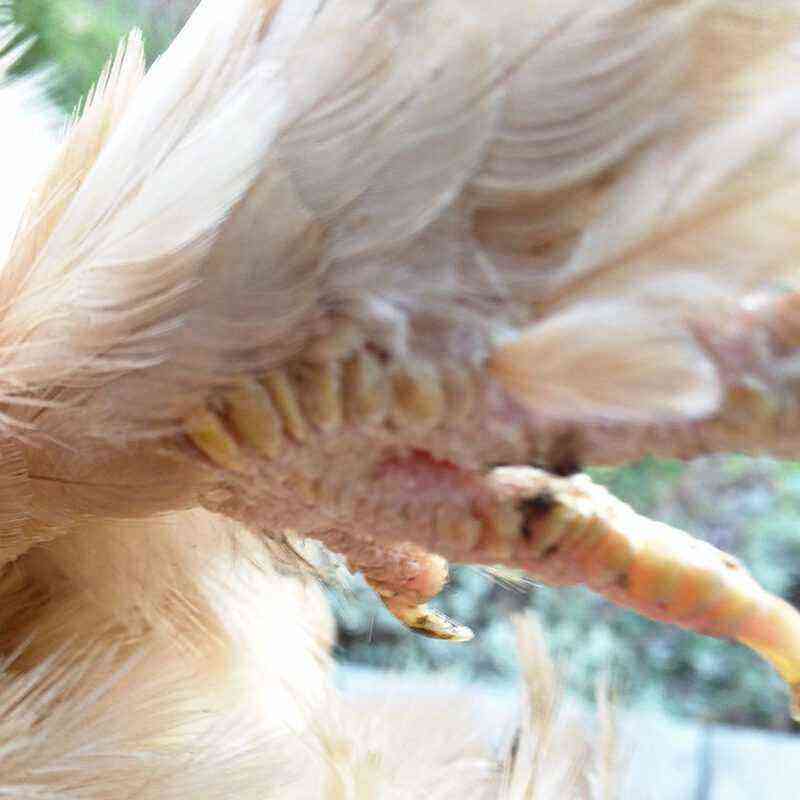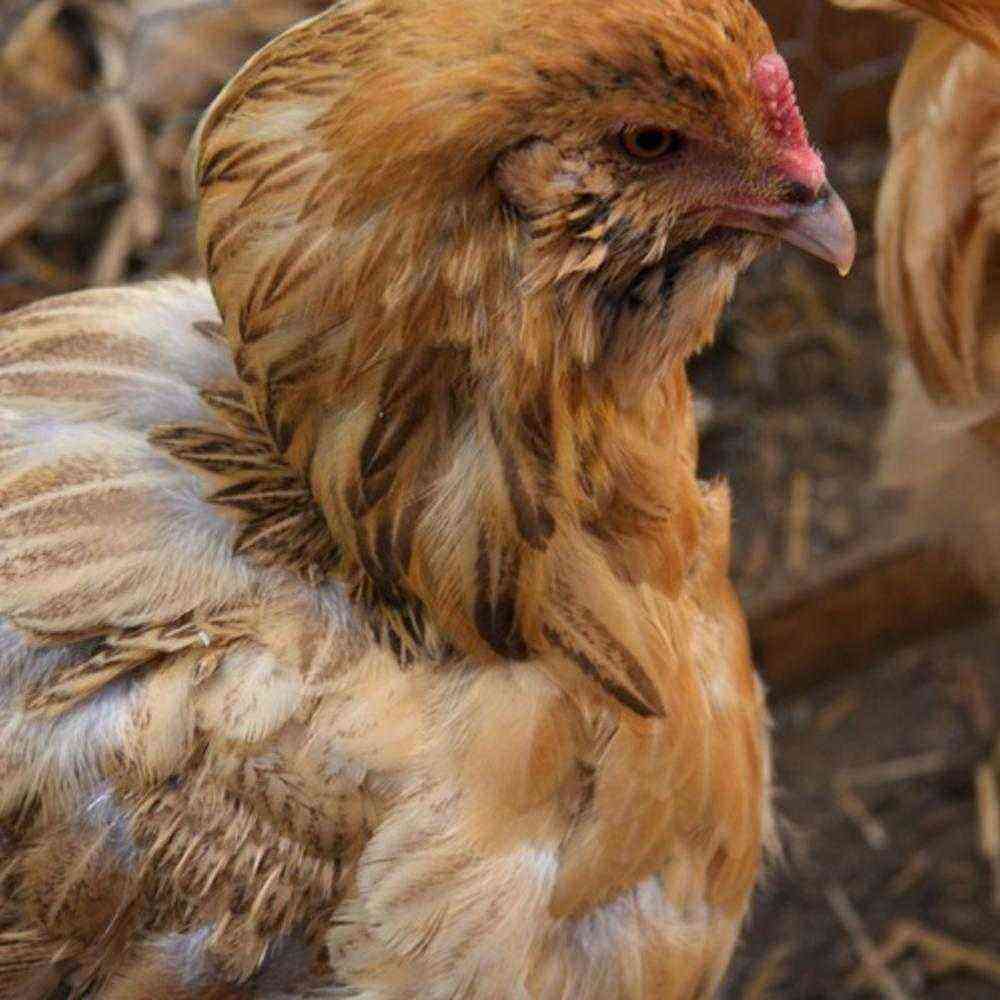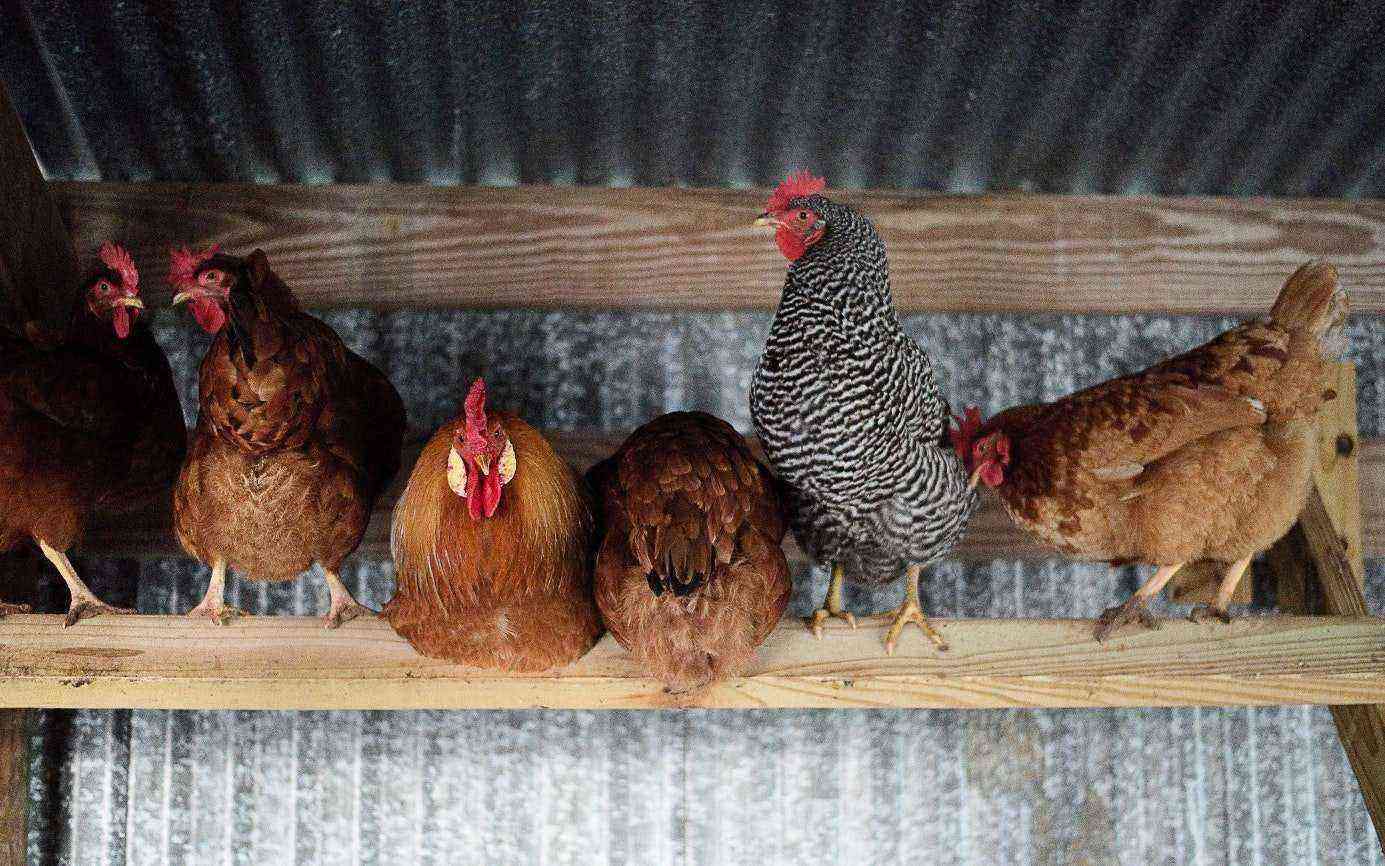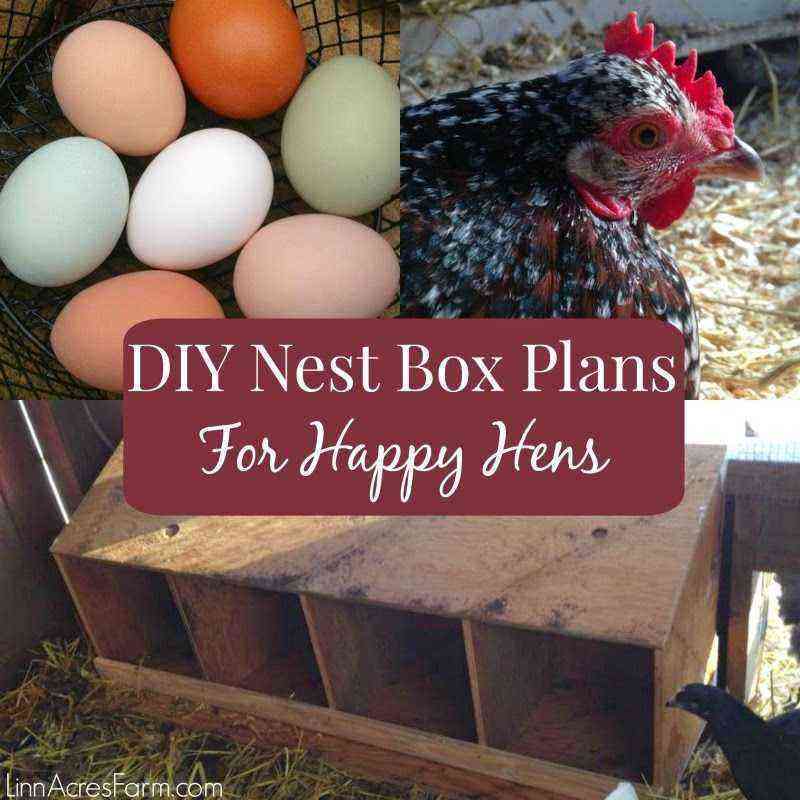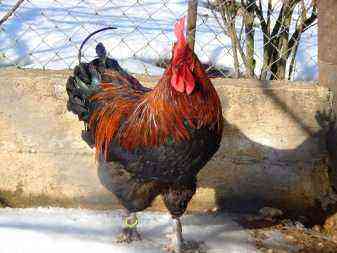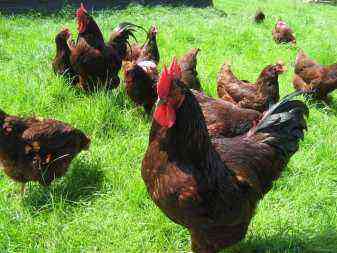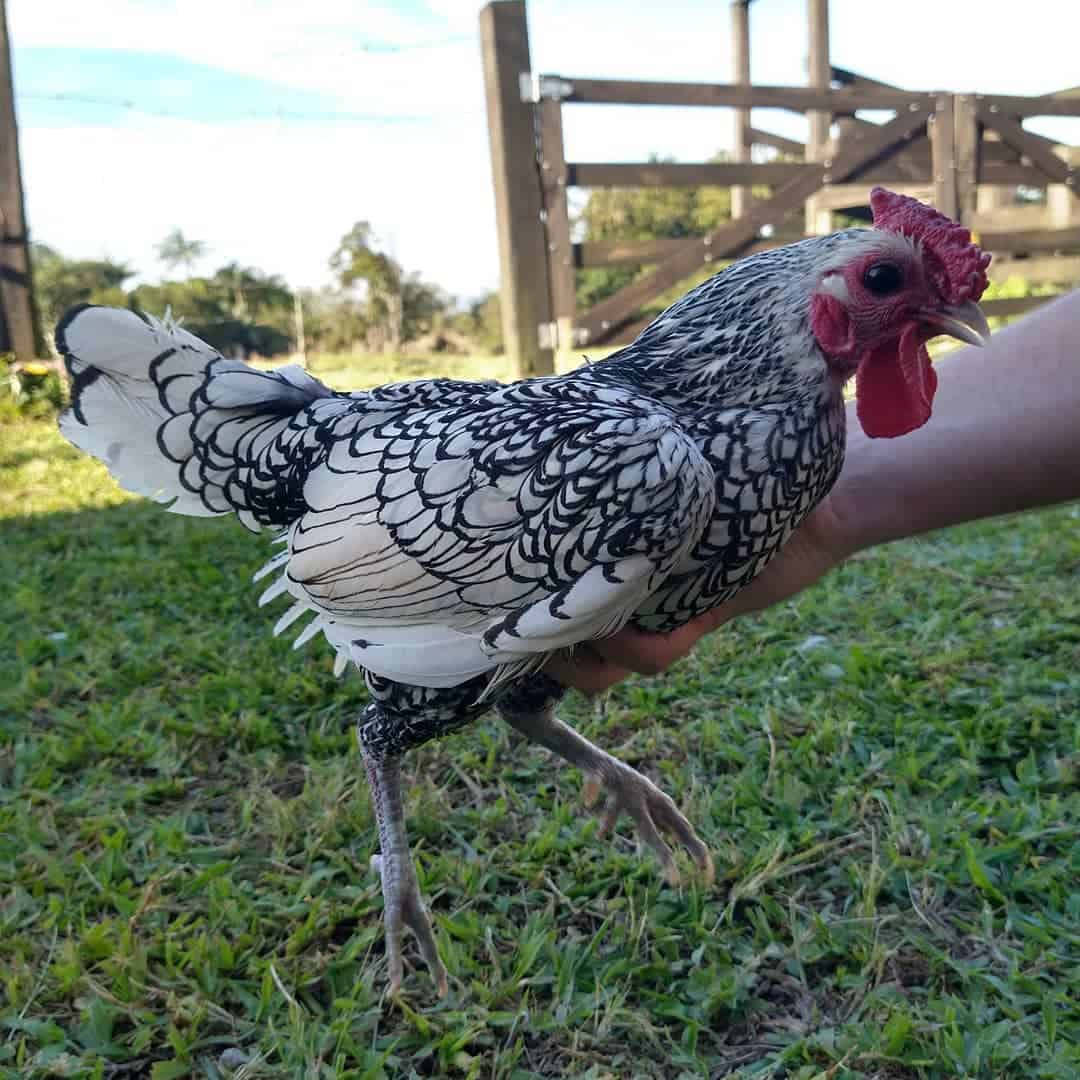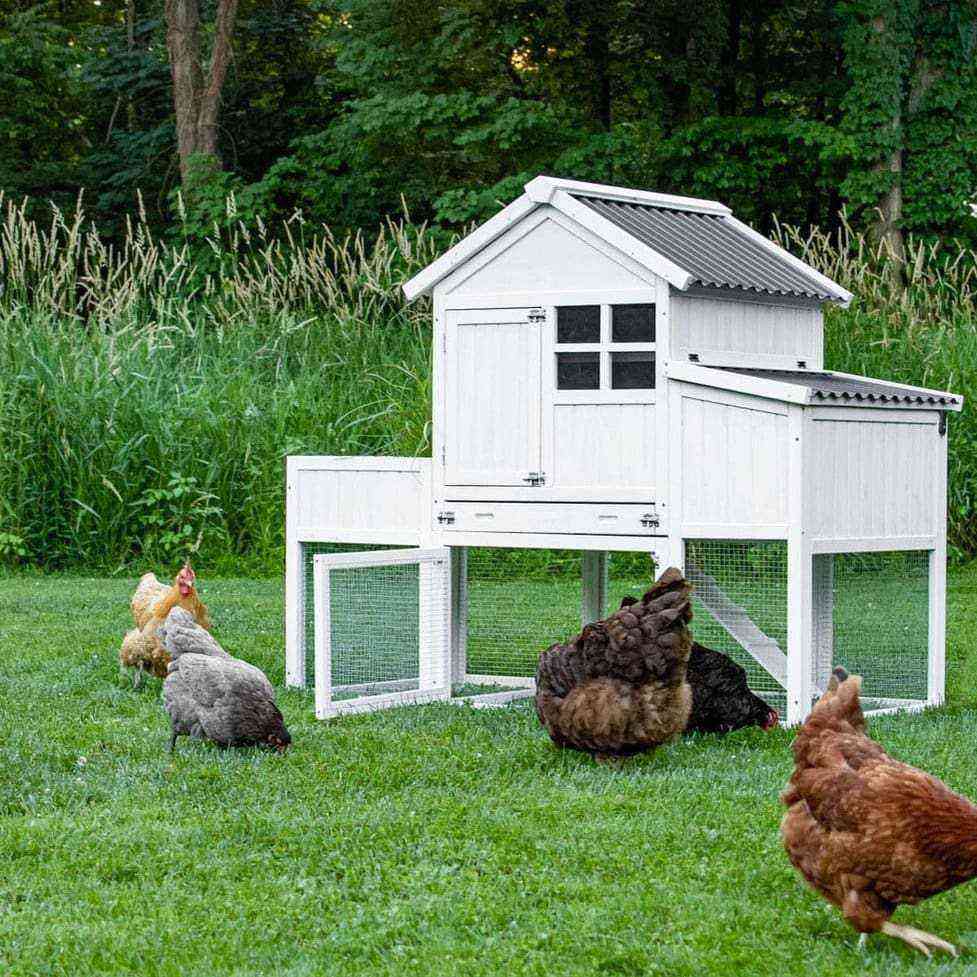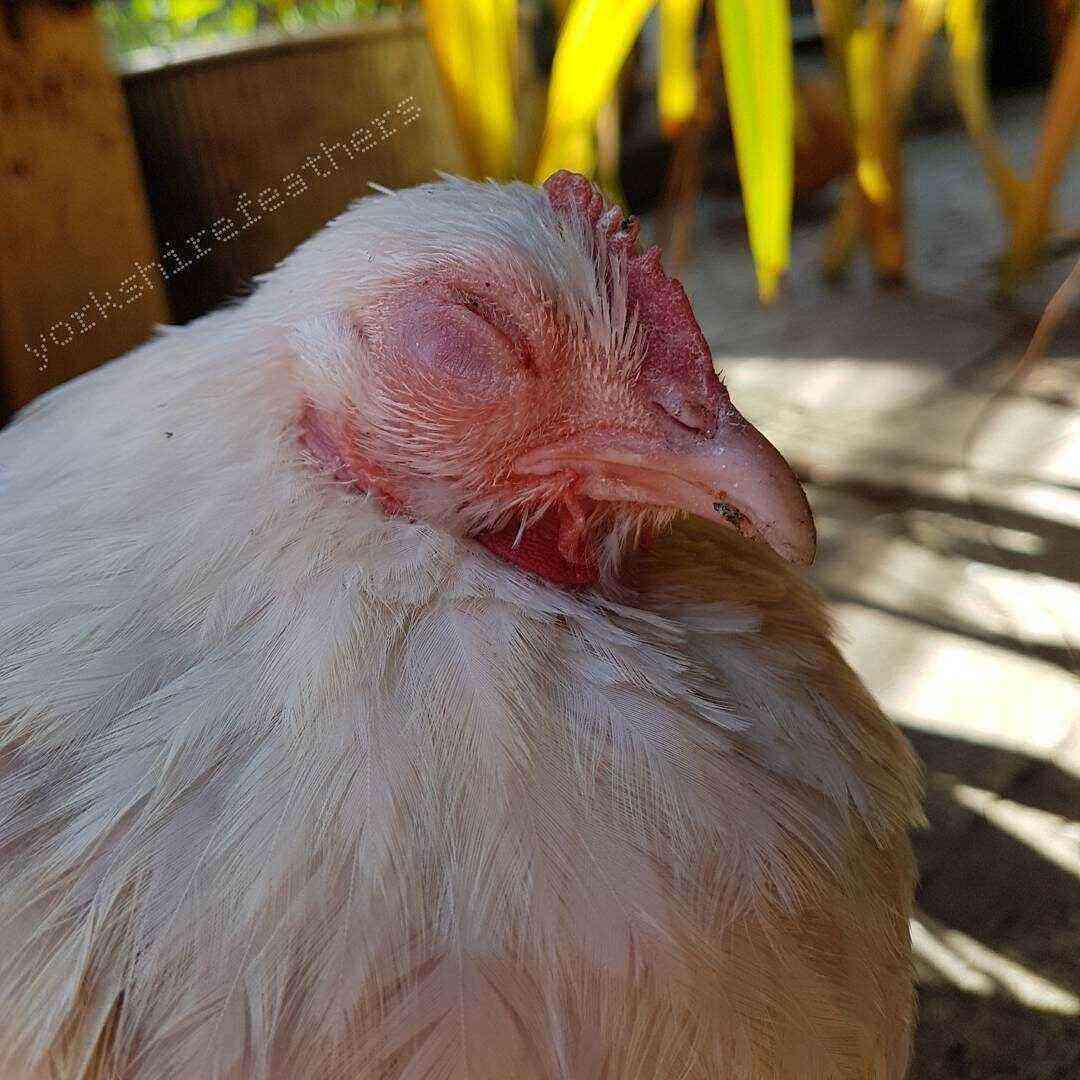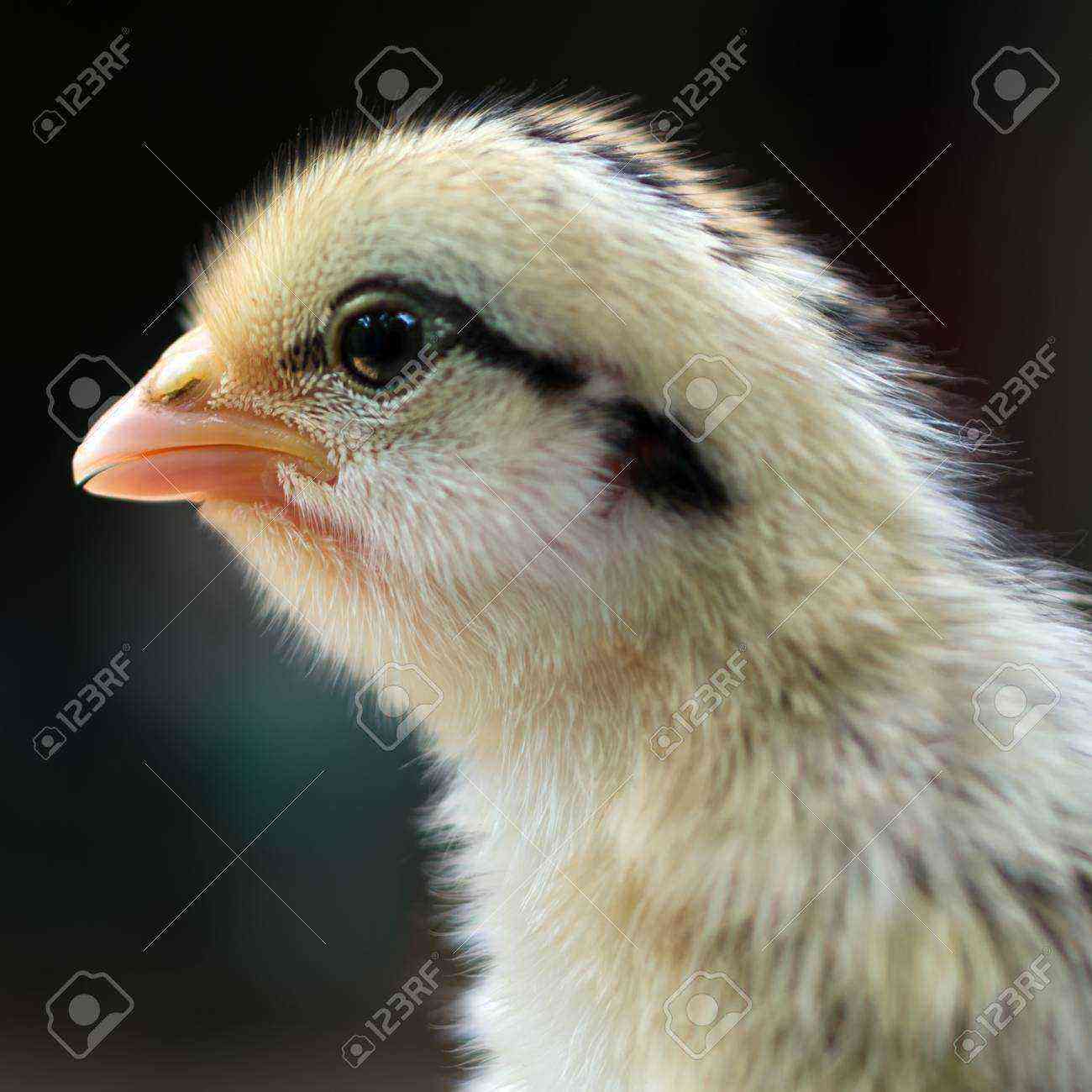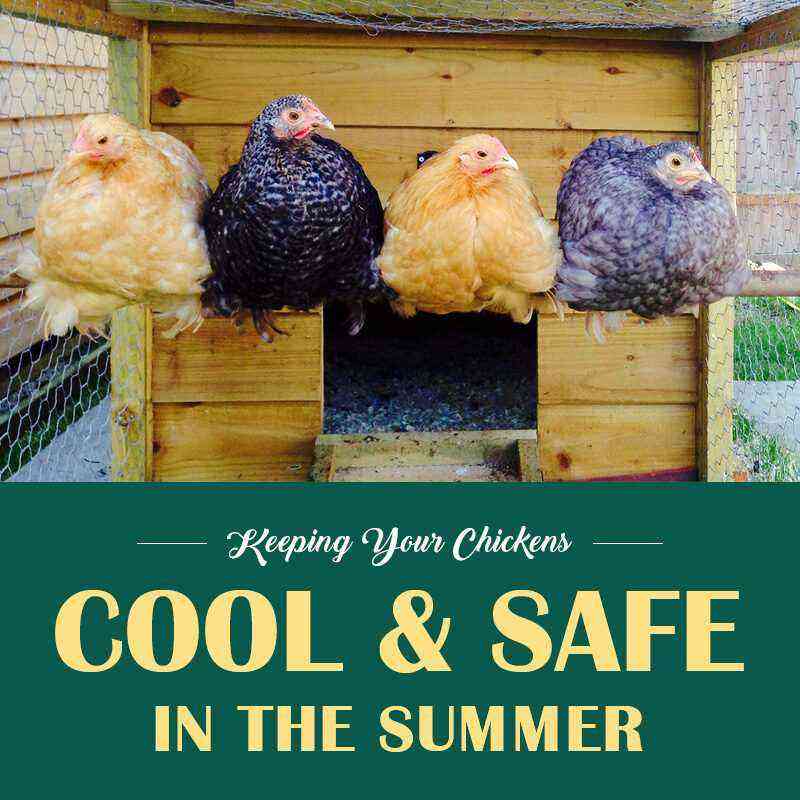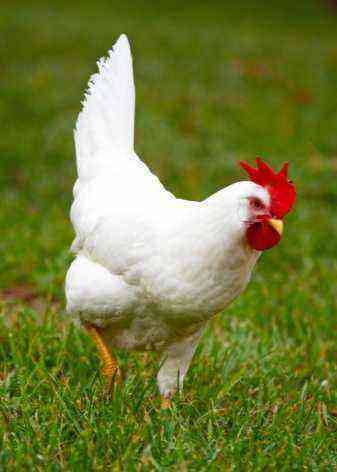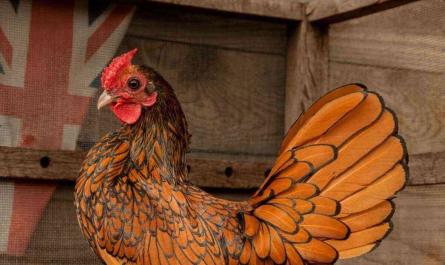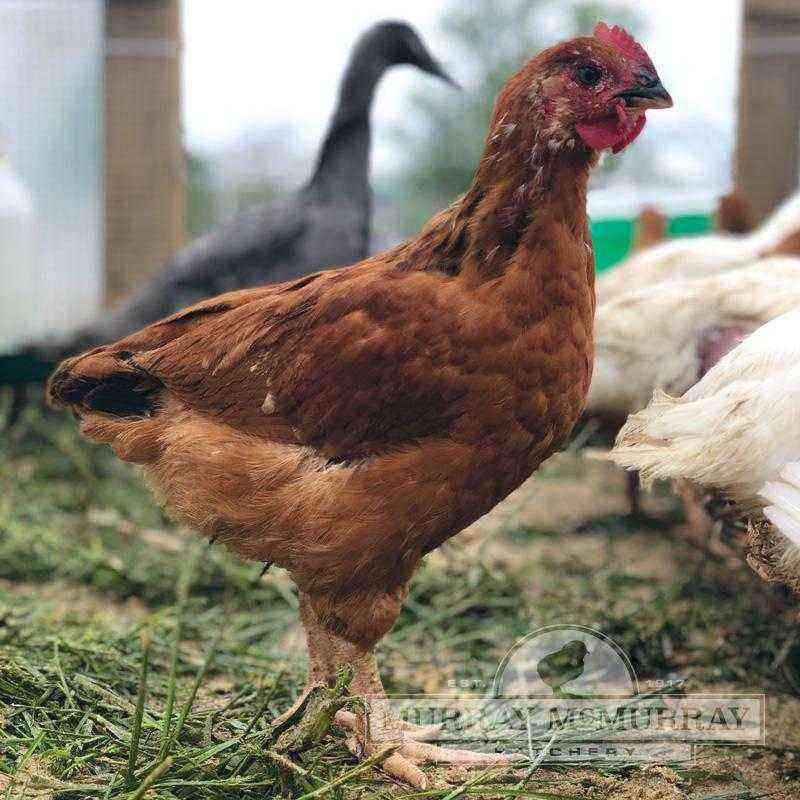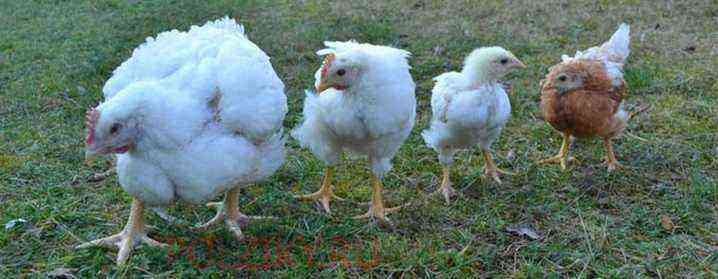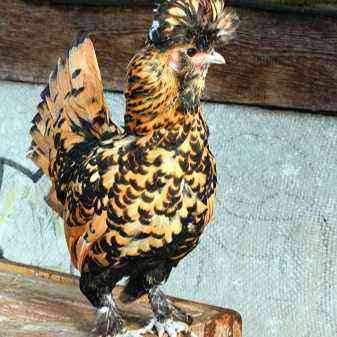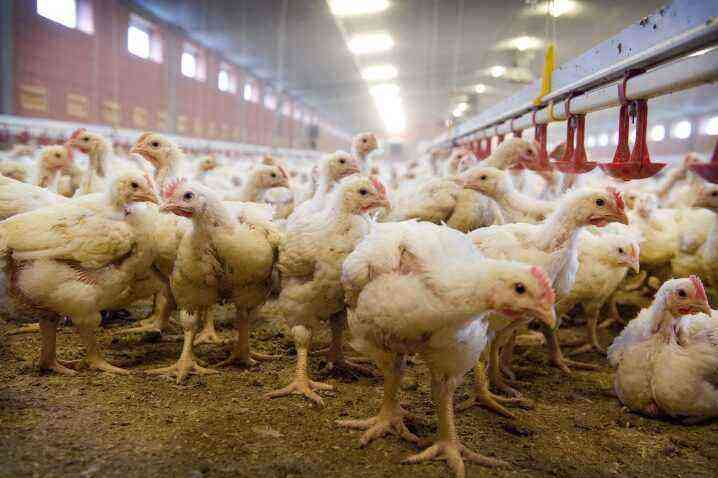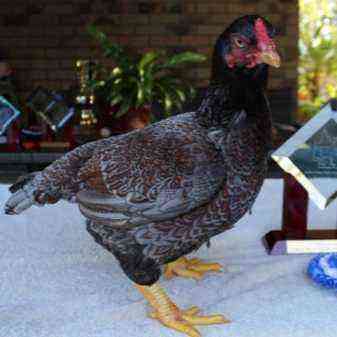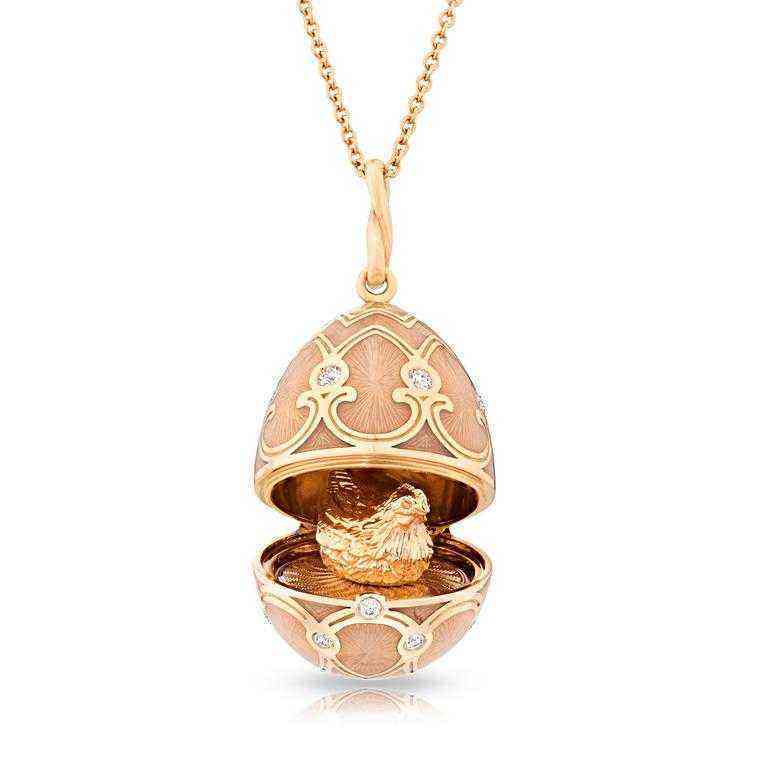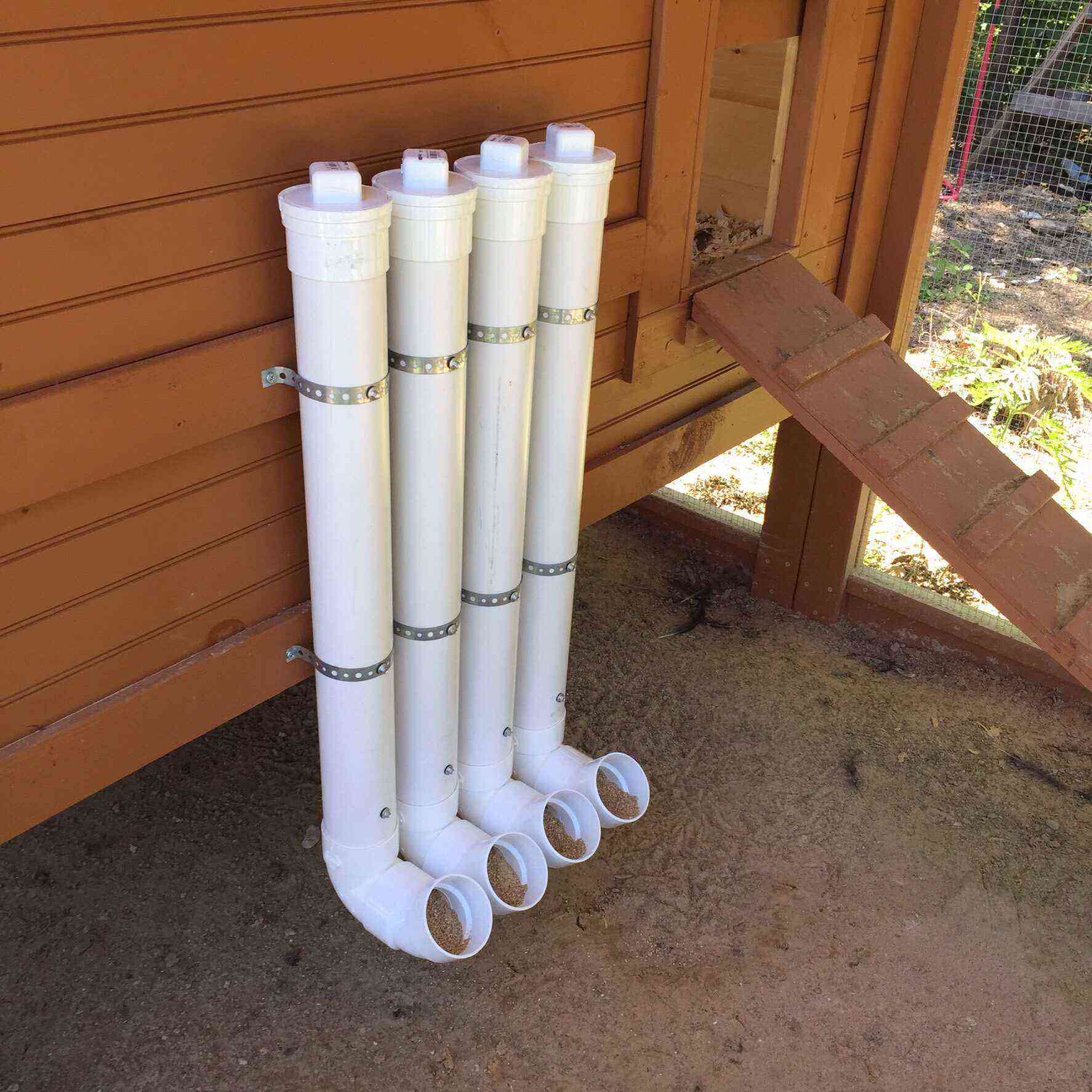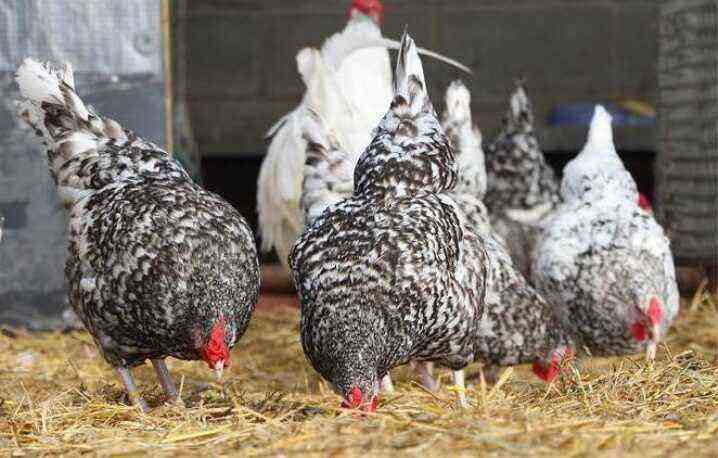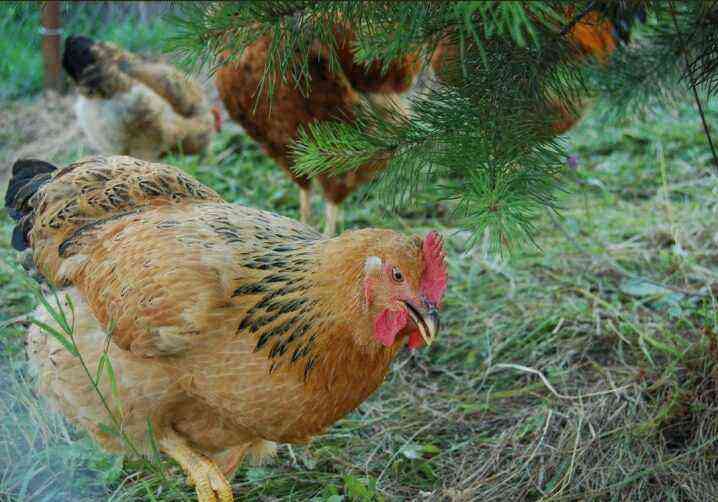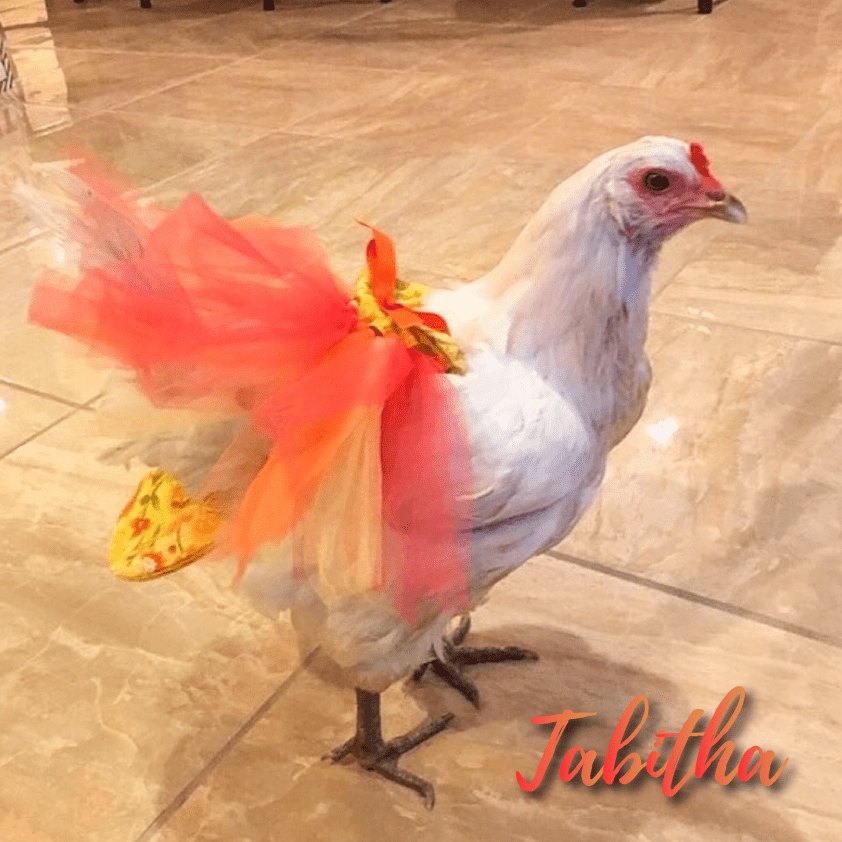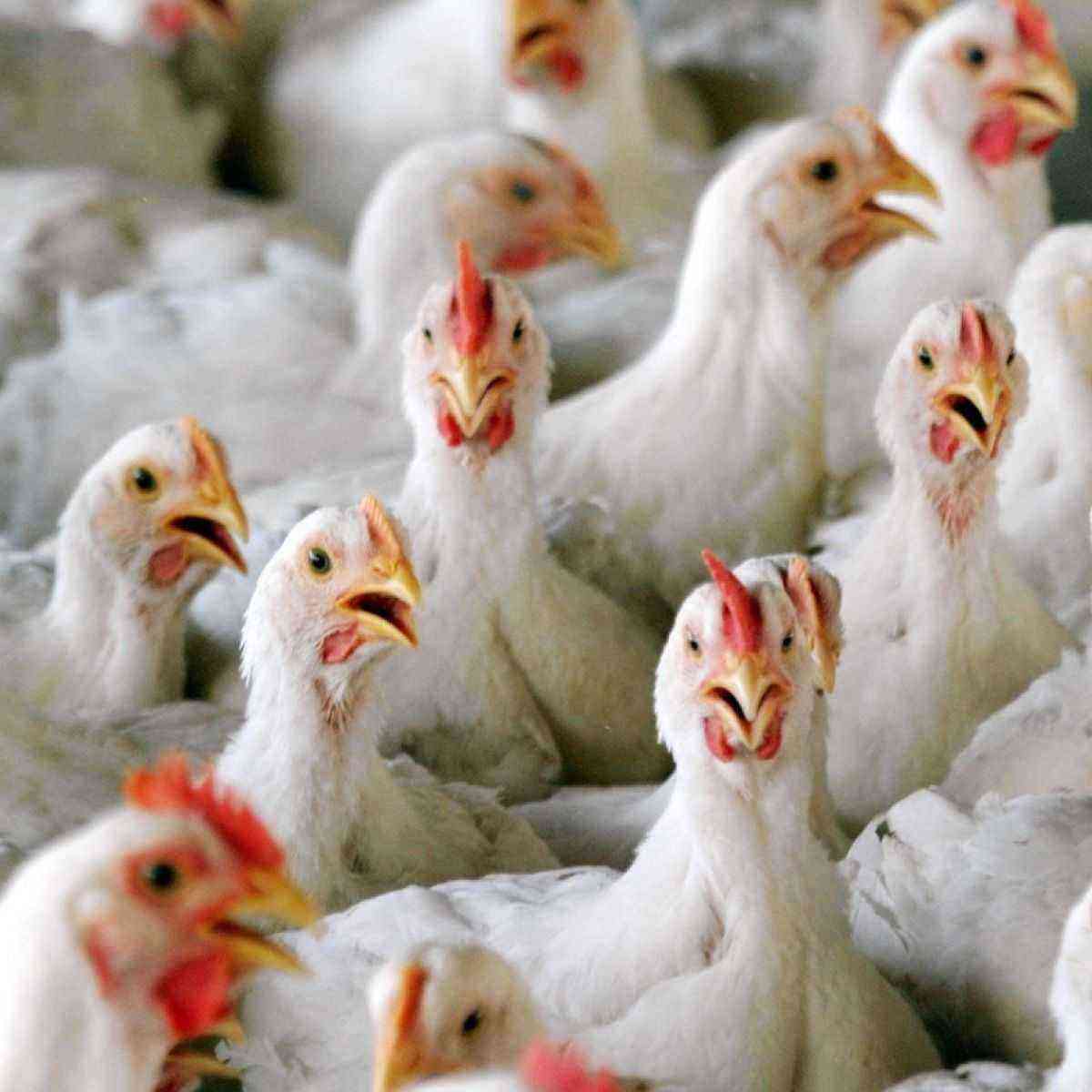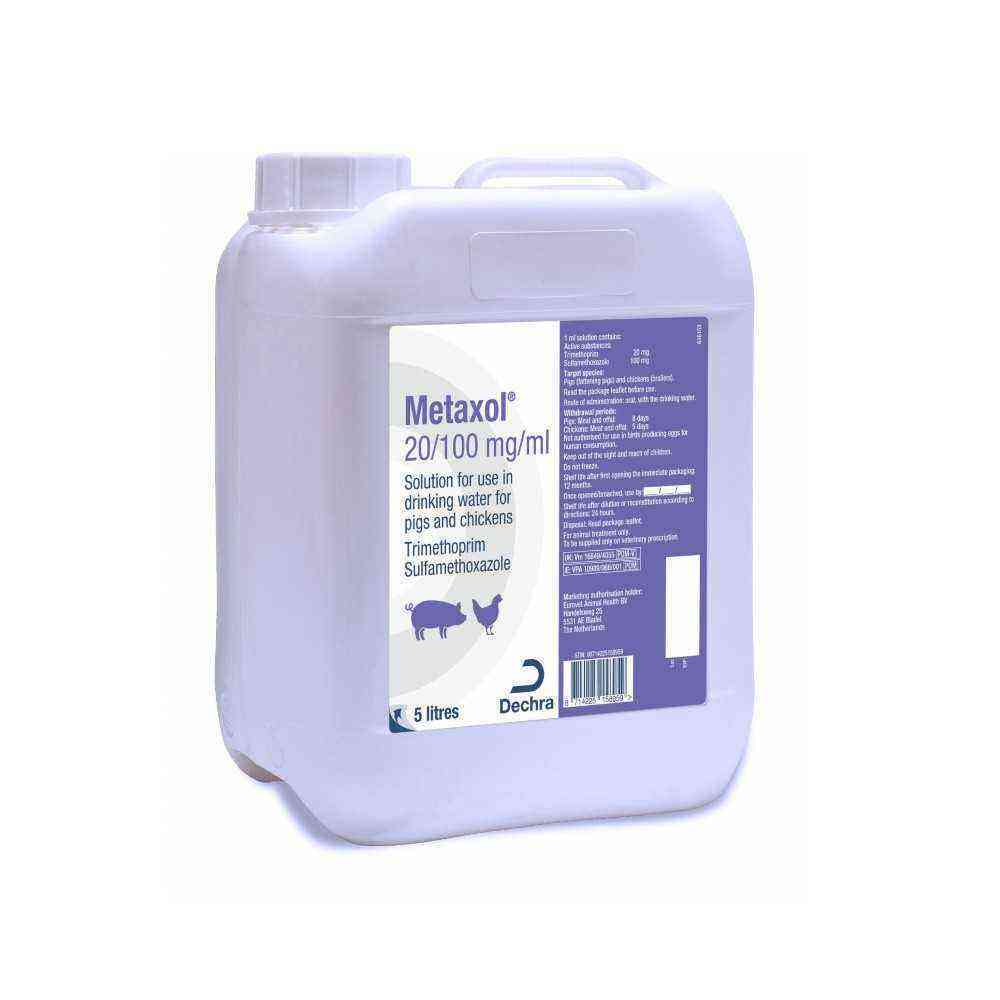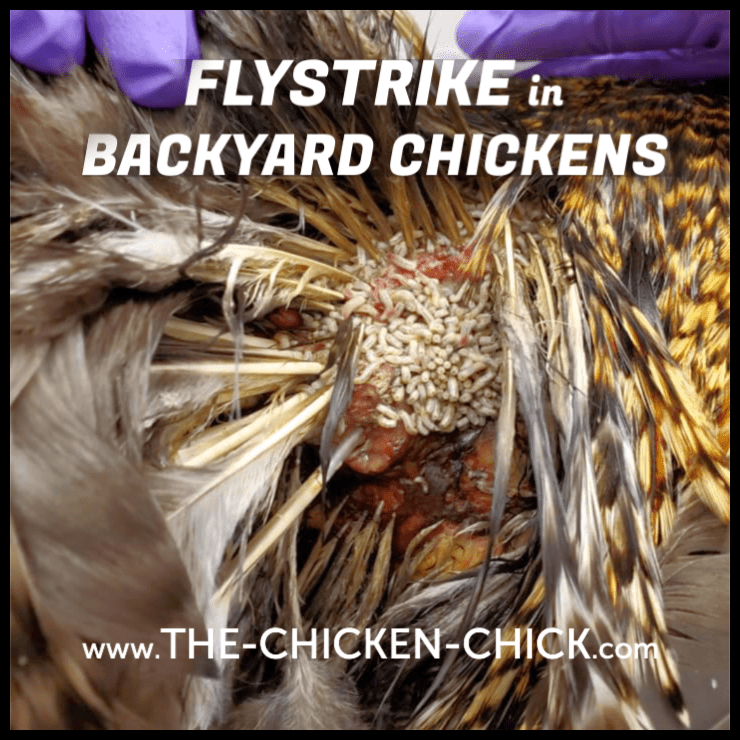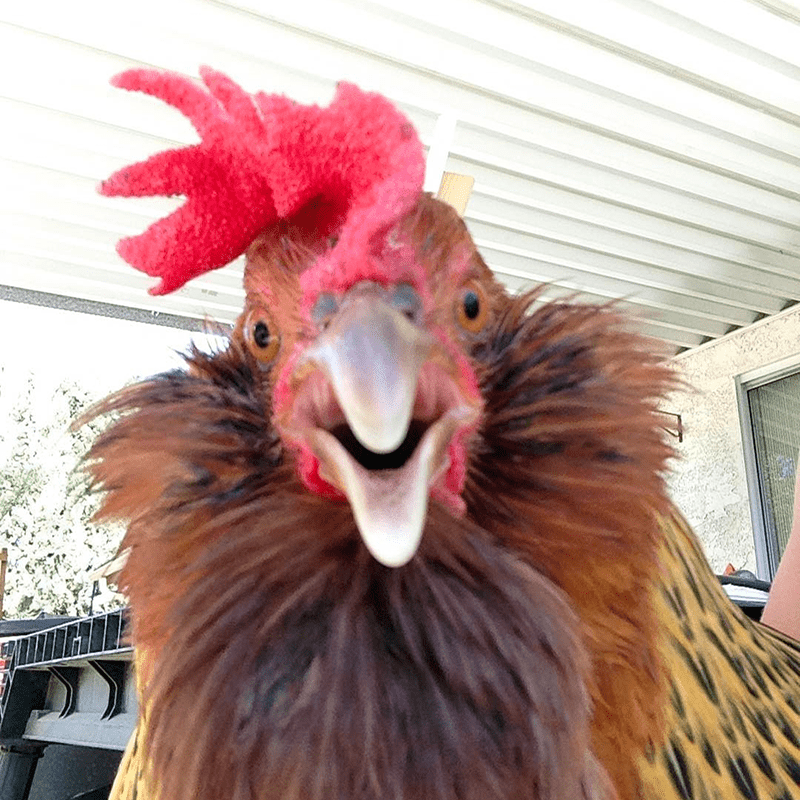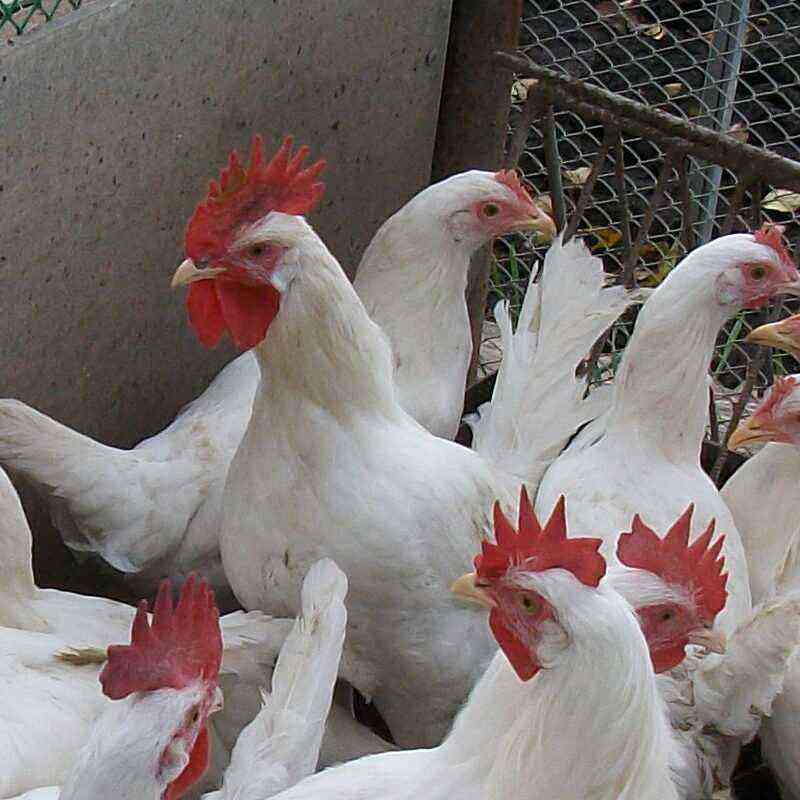Thoroughbred chickens are always very popular with poultry houses, one of these breeds are Leghorn chickens. The direction of their breeding is egg. High productivity, excellent characteristics, ease of care make these chickens very popular. Very often they are used for crossing with other varieties to obtain hybrids, crosses, new breeds, since the quality of the genetic material is very valuable.
History
Leggorn chickens were bred in the Italian city of Livorno. They did not immediately demonstrate good productivity indicators, so they were not widely used at the initial stage of breeding. At the beginning of the XNUMXth century, birds were brought to the American continent, where breeders were looking for interesting breeds to cross. To breed crosses with fast maturation and high egg production, leghorns were used. They were crossed with fighting, Spanish breeds.
From that time on, leghorns began to gain real popularity among breeders in many countries of the world, which led to the spread of birds throughout Europe. In the XNUMXth century, leghorns appeared in the Russian state, when the popularity of chickens reached its peak. In the USSR, white leghorns were most widely used. Modern poultry farming is very willing to breed leghorns both on farms and in industry.
Leggorn subspecies are more popular than their main historical species. It should be noted that modern poultry farming does not leave attempts to improve the breed and continues to work on crossing.
Description
External signs of the breed allow easily distinguish leggorns from other representatives of poultry of this species:
- the body is harmoniously developed, all parts are proportional;
- the comb is leaf-shaped, juicy in color, deep red;
- the scallop of a rooster is of an upright type, in chickens it is hanging down;
- the neck is rather thin, elongated;
- earlobes yellowish or blue;
- wings are large enough;
- legs of an elongated type, in chickens they are yellowish, in mature chickens they are snow-white;
- the back is arched;
- chest convex type, wide;
- big belly;
- the size of the bird is compact, small.
All these signs make it easy to distinguish leghorn in a crowd of chickens of different breeds.
The age of a bird is determined as follows: by the color of the limbs and pupils. The iris of mature birds is light, yellowish, while in chicks it is dark orange. As for colors, the most popular variety is snow-white, there are also spotted, brown and golden leghorns. In the middle of the century, a breed of chickens was bred, the color of which was distinguished by a cuckoo-partridge color. The productivity of the breed has very good indicators. Experts highlight the following points:
- representatives of this breed are bred only for egg purposes;
- the weight of the birds ranges from 2 to 2,6 kg depending on the sex;
- puberty is reached at about 5 months, egg production begins around this time;
- annual laying of eggs on average – 300 pieces;
- the egg fertility rate is high – more than 95 percent;
- the survival rate of chickens is about 90%.
The popularity of this breed of chickens is explained not only by good productivity, but also by a complaisant disposition, excellent profitability. Chickens are willingly bred both in poultry farms and in the backyard, since, from an economic point of view, this is very justified. Of course, there are both pluses and minuses, as with any of the breeds, but the advantages offset the small disadvantages. The advantages include:
- a completely benevolent disposition and the ability to become attached to the owner alternate with pugnacity;
- high adaptability: they do not require too much maintenance, they tolerate temperature changes well, for example, they are not afraid of frost;
- early start of egg production;
- large egg size;
- the young survive well;
- from the first year, egg production is very high.
Among the shortcomings can be noted:
- laying hens have no maternal instinct;
- after reaching two years, productivity decreases slightly;
- outbursts of aggression.
Varieties
There are several varieties, hybrids and subspecies of the Leghorn breed, all of which were bred by artificial crossing.
white leghorn
A distinctive feature of this species is its resistance to climatic conditions. Regardless of whether they are kept in the heat or in the cold, these chickens adapt perfectly. They are very unpretentious in care and feeding. This is one of the most sought after breeds in poultry farms and farms. They are bred in cages – they do not need free range.
Pygmy or Sparkling
They are also often referred to as mini chickens, as they are very compact in size. Dwarfism is perfectly inherited. The weight of an adult varies from 1,4 to 1,6 kg, depending on the sex. At the same time, egg production is excellent, unpretentiousness is the same as that of large relatives. The color is predominantly white. Experts recommend placing mini-hens in aviary houses. They require very little food – almost half as much as ordinary varieties.
striped mottled
This subspecies was bred by breeders of the USSR back in the 80s. This variety was created for a long time and through the most severe selection. Thanks to this, the chicken has the following qualities: high egg-laying rates, early maturity, large eggs, and a solid exterior. Scientists used in the creation of the breed of motley-black Australorps. As a result, this subspecies has an egg breeding direction, the number of snow-white or cream eggs per year reaches 220 pieces. Body weight reaches from 1,7 to 2,5 kg in a few months, the fertilization of eggs is almost one hundred percent, and the survival rate is also very high. Immunity is excellent, appearance is attractively marketable.
Dalmatian spotted
They have the original plumage of a white-black color, spotted type. They were bred at the very beginning of the XNUMXth century, and at first this color was considered abnormal. Since then, this breed has been considered a separate breed: spotted leghorns do not combine with any genetic materials, they are bred in their pure form. Black spots, most likely, went to the chickens from the Black Minorca breed, which was used in the creation. It is believed that this variety has some of the highest egg production rates.
partridge-cuckoo
This species differs from others in that from the first days of life, the sex of the chicken is determined with accuracy. Males are lighter in color. This variety is not capricious, does not require special conditions in the content. The behavior is quite active, the character is peaceful, the productivity is high, the eggs are medium-sized, white-shelled. The weight of the bird is about 3,5 kg.
Brown, partridge
This egg type is also called Italian. It is quite easy to distinguish them by sex from the first days, since the feathers of males have a brilliant sheen of red-gold hue. The reflection of metal is also present in the color of the belly, but the shade is black.
Golden
This is one of the most beautiful varieties, the decorative qualities of these chickens are very high, but productivity does not suffer from this. With a compact size, chickens have an egg production in the region of 260 eggs per year weighing up to 60 grams. The weight of the carcass varies from 1,9 to 2,1 kg depending on the sex.
It is also worth mentioning the Russian white chicken. This is a separate breed of chickens, but it was bred on the basis of leggorns, and they look very similar in appearance. Aside from looks, other characteristics are also largely the same.
Keeping birds
Since this variety of birds easily adapts to different conditions, keeping them will not cause any particular difficulties to the owner. In this case, it is necessary to know and take into account some of the nuances that will allow you to avoid mistakes when breeding. First of all, they are bred both in cages and in standard poultry houses. Considered shy, roosters can be aggressive. It happens that birds peck each other, but they are very loyal to humans if they are properly accustomed to the owner. To reduce aggressive behavior to a minimum, you need to monitor the following points:
- whether too many birds are placed in one area;
- whether chickens are given protein-type food in the required dosage;
- is it clean where birds are kept;
- not too much lighting.
In industrial production, the beak is most often trimmed; in a household environment, the following measures should be taken to avoid birds pecking each other:
- feed mixtures with protein content – not less than the daily ration;
- turning off lighting at night, using lamps with a muted type of light, frosted lamps;
- do not exceed the norms for the quantitative content of birds: no more than 15 females per rooster;
- organization of leisure and proper nutrition, including large cut vegetables, whole fish heads;
- periodically provide free range;
- do not keep them in a common poultry yard with other birds.
If, nevertheless, the bird was pecked, it is necessary to resettle it for a day, treat the wounds with an antiseptic with a smell that scares away other birds. Keeping in cages can be considered a prevention of such behavior; more than 3 individuals cannot be placed in them.
Chickens require a more careful attitude towards themselves, given the fact that in the process of selection, the instinct of incubation in leghorns was completely lost. This feature is necessary so that the laying of eggs does not stop while the laying hen hatches the eggs. Therefore, in the process of breeding, individuals who had a desire to mess with offspring were rejected. To get chickens, eggs can be placed in nests with other chickens that have a mother’s instinct, or use an incubator. Eggs are selected without external shell defects, even, without cracks, splits. It takes almost a month for the hatching process. Since the percentage of hatching and incubation is very high, this process is quite simple. After the chick appears, at first it needs a high temperature – at least +30 C. The temperature is gradually reduced, bringing it to +19 by the monthly milestone.
Features of feeding chicks:
- the first five days, chickens are fed with chopped eggs, semolina;
- on the sixth day, you can add chopped greens, boiled vegetables, crushed grain, cottage cheese to this;
- after the chicks are 14 days old, they are fed with feed mixtures, which additionally include a vitamin-mineral complex, fish oil.
You also need to take care of the containers with crushed gravel and shell rock. In the first month, the feeding regimen is six times a day, by the end of the month – four times a day, then three times a day.
Adult birds feed mainly on grain mixtures of millet and barley in the mornings and evenings. In the afternoon, they are given a mixture of boiled potatoes, carrots, nettles and fruits with vitamins, salt and fodder-type chalk. We must not forget about chalk, shell rock, greenery, since the breeds of the egg direction need calcium. Leggorn egg production is top notch. We can say that this breed beats all existing records for the number of eggs per year from one laying hen. These figures vary in the region of three hundred pieces, while the weight of the eggs ranges from 55 to 70 grams. It is worth noting that from the second year of life, the indicators begin to decline. The meat direction is not considered economically viable, since the bird’s body weight is small – no more than 2,6 kg – and more often even less. In addition, experts consider the taste of meat rather mediocre.
Reviews
Like any breed of chickens, leghorns have both positive and negative qualities. Owner reviews are mostly pretty good. Most positive feedback is left about egg production and productivity in this direction. These chickens are great not only for providing the family with fresh eggs, but also for selling products. Since maintenance costs are low, the profitability of such production is high. As a negative point, the need to constantly update the livestock and monitor aggressive behavior is mentioned. Most farmers agree that it is not necessary to purchase an incubator at first – if there are already breeds of chickens with a mother hen instinct, they are quite capable of hatching. Many note that dwarf leghorns require very little feed, and eggs are brought in large quantities, which turns out to be very profitable at the exit.
For information on how to properly care for leghorn chickens, see the following video.
